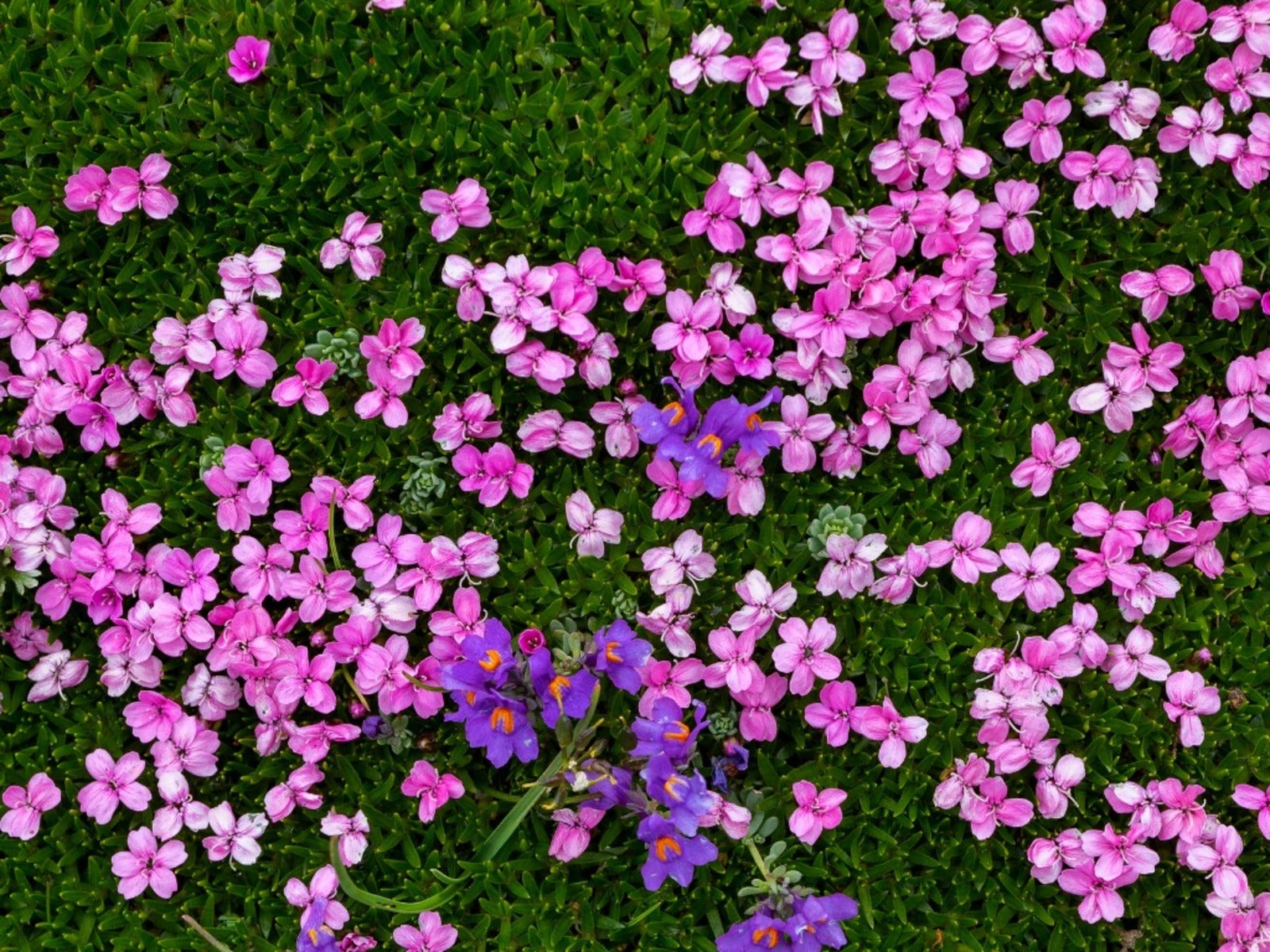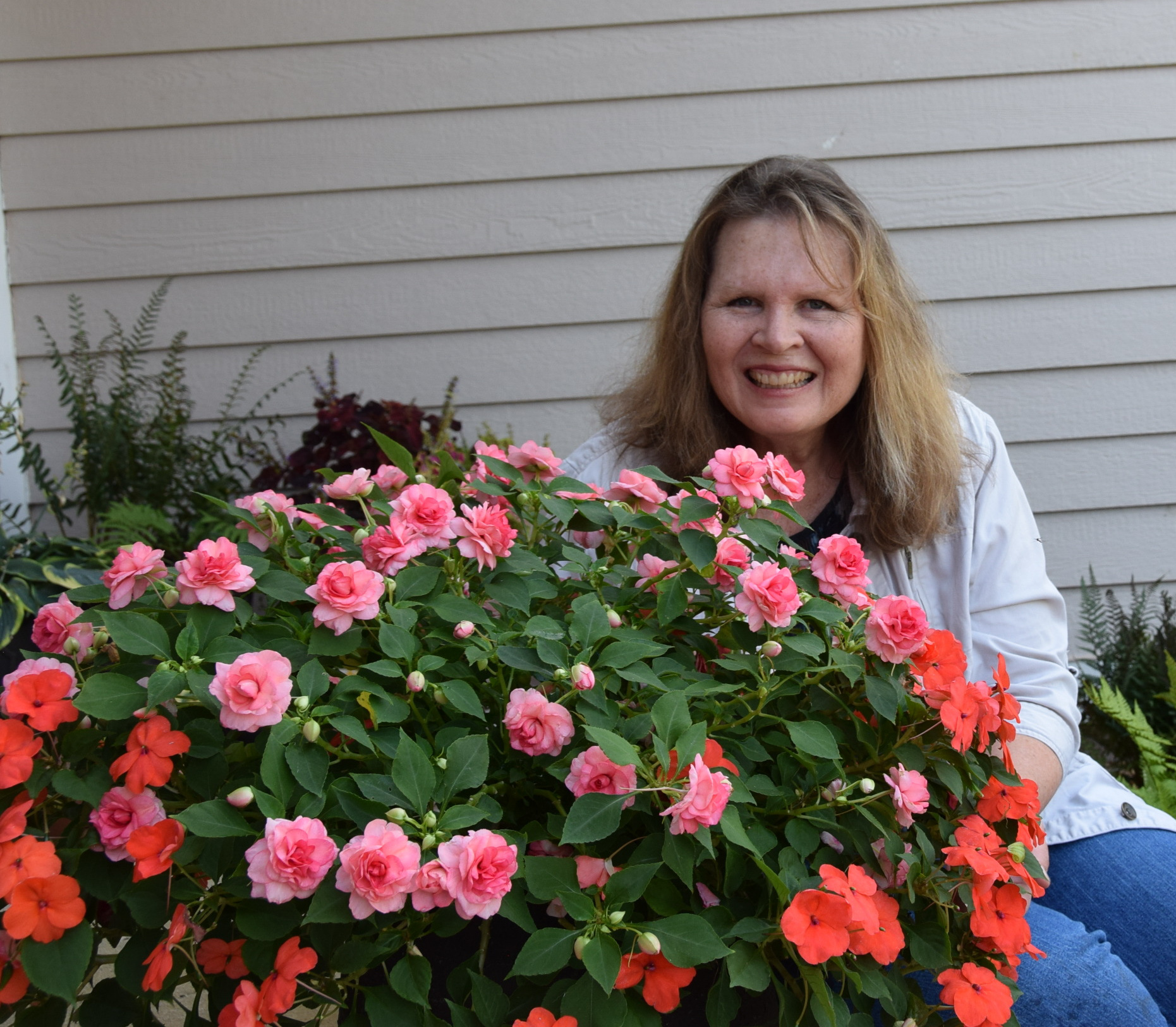What Is Moss Campion - Moss Campion Plant Info


Moss campion plant (Silene acaulis) is a rock garden plant native to the Arctic tundra and high mountains of Europe and North America. In the U.S., it is confined to the Western mountains and New England, particularly Maine and New Hampshire. Its mat-forming, evergreen foliage is found tucked away in elevations too high for trees to grow, with harsh winters and short summers. While it cannot survive in the shade, it prefers moist soil.
Also called cushion pink, this perennial herb thrives in USDA hardiness zones 2-9 and is part of the Caryophyllaceae family. Moss campion Silene bears tiny, star-like flowers in late spring.
Growing Moss Campion
Moss campion cushion pink grows in gritty, fast-draining soil in full sun. It slowly spreads an evergreen carpet up to 1 inch high (1-3 cm) that is perfect for rock gardens, containers, or those hard-to-fill spots at concrete intersections. Moss campion accepts light foot traffic, making it an ideal groundcover between pavers.
In late spring to early summer, tiny five-petaled flowers about 0.4 inch (1 cm) across in pink, lavender, red, or white adorn the ground-hugging mounds. It easily spreads from 6 to 12 inches (15-30 cm) Its long taproots keep it firmly anchored wherever it grows.
Moss campion is a tough perennial that prefers moist, sandy soil and cool summers. Heat and humidity can stifle its growth. It is not picky about soil pH, and in its native habitat, soil fertility is poor.
Moss campion cushion pink is not usually bothered by pests or diseases and is a trouble-free perennial.
Propagating Moss Campion Silene
Moss campion plant propagates easily from seed or stem cuttings. It will reseed readily on its own or from purchased or collected seed. Collect seeds in late summer just as the seed pods begin to split. Seeds should be tan in color. Keep the seeds dry and well ventilated till planted.
Sign up for the Gardening Know How newsletter today and receive a free copy of our e-book "How to Grow Delicious Tomatoes".
Seeds can be direct-sown outside in late fall for spring germination. Seeds also can be propagated indoors. Do not cover them, as the seeds germinate better with light. Keep soil moist till seedlings emerge. Stem cuttings can be rooted in moist perlite.
Once established, the plant’s best pollinators are insects, moths and butterflies.
Other Uses
Plentiful in Arctic and Alpine areas, moss campion roots were once used as food. Wild animals will occasionally eat the plant, but it contains saponins and is not highly recommended as food for humans.

After graduating from Oklahoma State University with a degree in English, Susan pursued a career in communications. In addition, she wrote garden articles for magazines and authored a newspaper gardening column for many years. She contributed South-Central regional gardening columns for four years to Lowes.com. While living in Oklahoma, she served as a master gardener for 17 years.